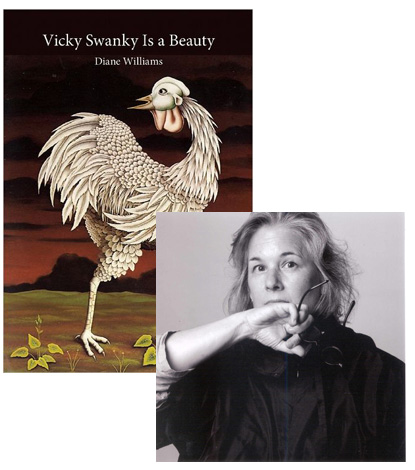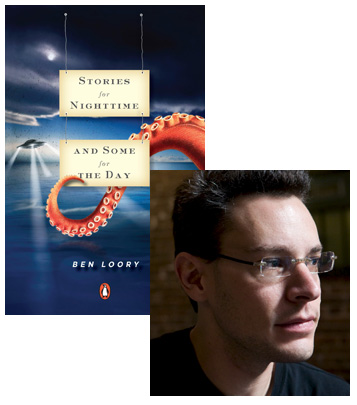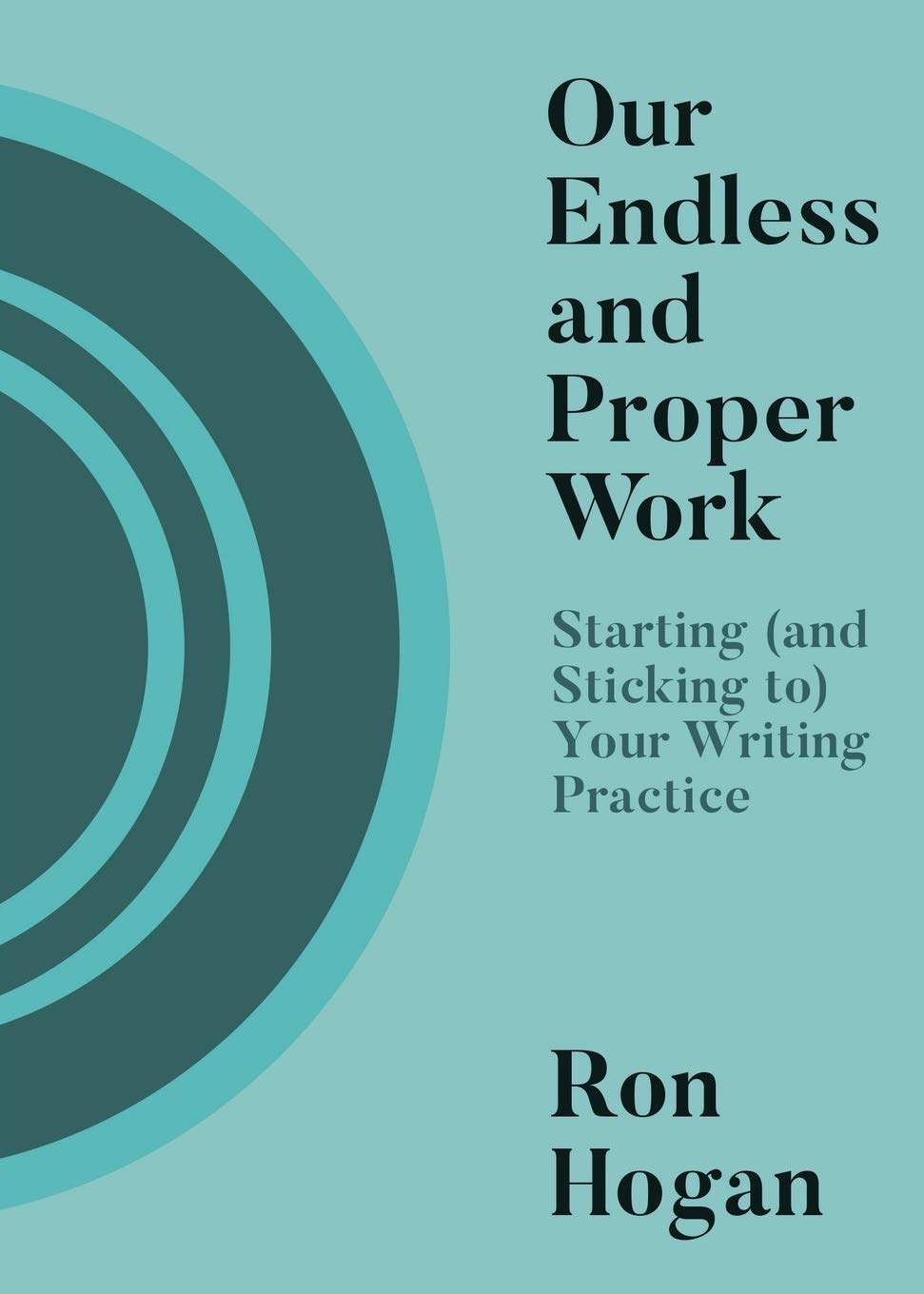The Story That Inspires Diane Williams

The short-short stories in Diane Williams’ Vicky Swanky Is a Beauty have a dream-like quality to them. Which is a statement that gets overused a lot in fiction, but it really does apply here; the stories take place in a world where objects and people depicted in sharp detail in a world that runs on its own surreal logic, where the rules of engagement can change from sentence to sentence. Another way to think of Williams’ stories is like poetry: Though they gesture towards narrative, they seem more actively concerned with living inside a moment, giving it a unique form of expression that reflects the perception rather than the “objective” “reality.”
Williams’ contribution to the “Selling Shorts” series is markedly different from just about any of the others. As with her fiction, though, after sitting with it for a while I’ve come to a new understanding of the world—although, perhaps, in this case it’s more accurate to say an understanding that had long been embedded in my subconscious was brought forcefully up to the surface, making the doubts she expresses about her offering quite unfounded.
The most influential—the most inspirational story I can think of?—that’s the poor, thin tale I repeat incessantly to serve my grand purpose:
YOU CAN TELL A STORY
You want to tell a story?
You can tell a story.
Try now!Am I fair to Ron Hogan here?— who offered me the opportunity to share something of value—and who likely expected something more from me and better?
I have told the truth, but perhaps this is not fair or helpful. Therefore, I’ll direct you to a livelier story cited by Chaim Potok in his foreword for Martin Buber’s Tales of the Hasidim. This story is potent enough to produce a miracle cure for the lame man who tells it and this story concludes with the exhortation, “Now that’s the way to tell a story!â€
(After that tantalizing hint, I’m sure I’m not the only one who’s headed to the library to track down a copy of that story at the first opportunity…)
17 January 2012 | selling shorts |
Ben Loory Keeps an “Appointment in Samarra”

I’ve been dipping into Stories for Nighttime and Some for the Day, the debut story collection from Ben Loory, whenever I get a chance these last few weeks. His short-short stories are the perfect length for reading on quick subway rides, and the dazzlingly weird details ensure that each one will stand out in your mind: The one where the duck falls in love with a rock, the one where a woman becomes infuriated by the popularity of a book filled with blank pages, the one about the man who self-published his poem, the one where the man refuses to move out of a graveyard even though the dead keep trying to drag him off to some unknown fate… and dozens more like them. For his guest essay, Loory’s chosen to write about a weird story that’s become even more well-known than the novel named after it—one that’s inspired him as a reader as much as it did as a writer.
I grew up in a house filled with books. My parents were both English teachers. They’d met in graduate school, in a seminar on Milton. We didn’t have a television. Over dinner, my dad would lecture us about Joyce; my mom would counter with Virginia Woolf. I remember learning all about T.S. Eliot and the objective correlative when I was seven years old.
Of course, I wasn’t interested in books like that. I was interested in books about space. Space, and ghosts, and monsters, unsolved mysteries… and then, when I was ten, I discovered Tolkien. From there it was off in fantasy for years; I went through everything I could get my hands on. And from there I verged on into horror, then into crime, and came out one day through detective fiction. At that point (this was when I was finished with college), I made the leap from Dashiell Hammett to Ernest Hemingway. I remember thinking it was an important moment. It felt like I was growing up.
I remember finding a list one day—it wasn’t too long after that. It was the Modern Library’s list of the 100 Best English-language Novels of the Twentieth Century.
I’m going to read all of these, I said.
And so that’s what I did. I read Faulkner, Conrad, F. Scott Fitzgerald, Nabokov, D.H. Lawrence. I read Jean Rhys, Henry James, Elizabeth Bowen; I read James Joyce and Virginia Woolf. Those books led to others that weren’t on the list; I read everything by every author I liked. After each book I’d call my parents and talk to them about it. Either one of them or the other; sometimes both.
This went on for a couple years. My parents and I talked a lot about style. And I found a lot of favorites as I went—I really liked Richard Hughes’ A High Wind in Jamaica. I really liked Tobacco Road and The Magnificent Ambersons. I really liked Catch-22. I really liked Ragtime and Under the Net. I really liked A Handful of Dust.
Then one day, something happened: I picked up John O’Hara’s novel Appointment in Samarra. It was one of the few books on the Modern Library list I still had never read. I remember opening it up, ready to start, and reading the opening epigraph. It’s a single paragraph—a retelling of an ancient tale, done by W. Somerset Maugham.
31 August 2011 | selling shorts |

 Our Endless and Proper Work is my new book with Belt Publishing about starting (and sticking to) a productive writing practice.
Our Endless and Proper Work is my new book with Belt Publishing about starting (and sticking to) a productive writing practice. 
